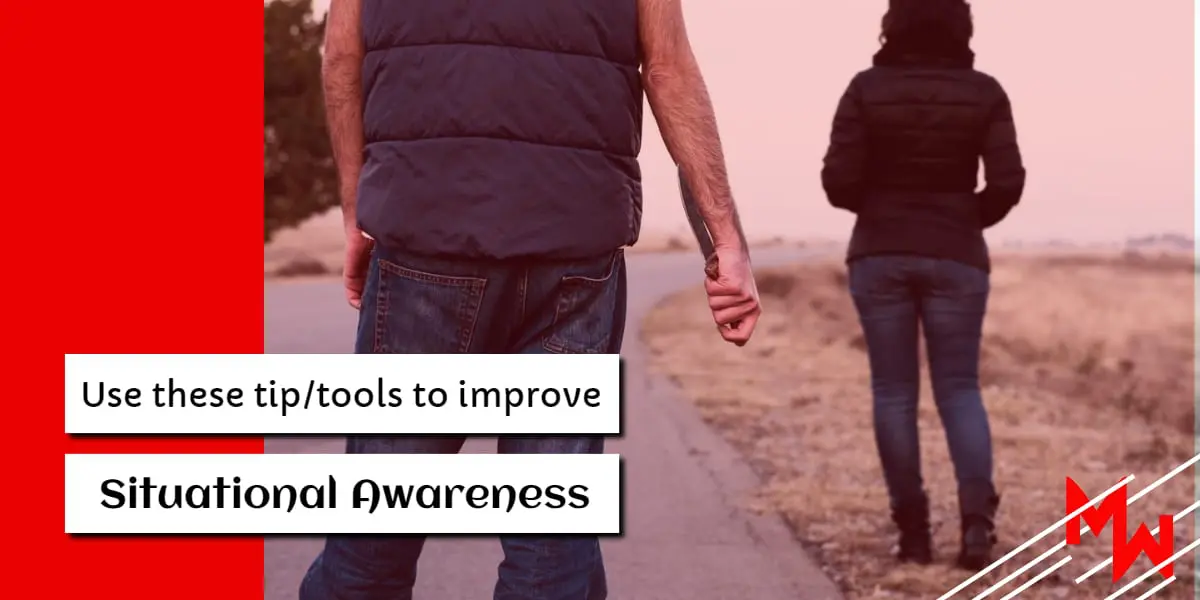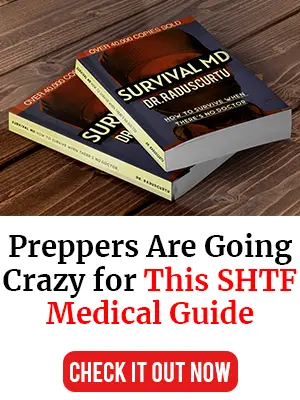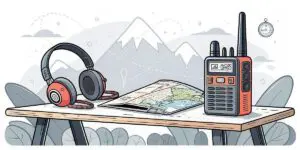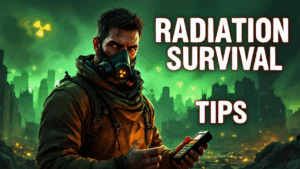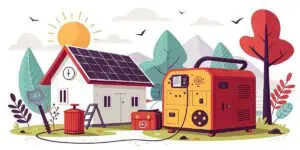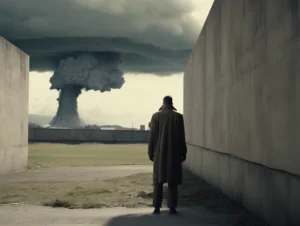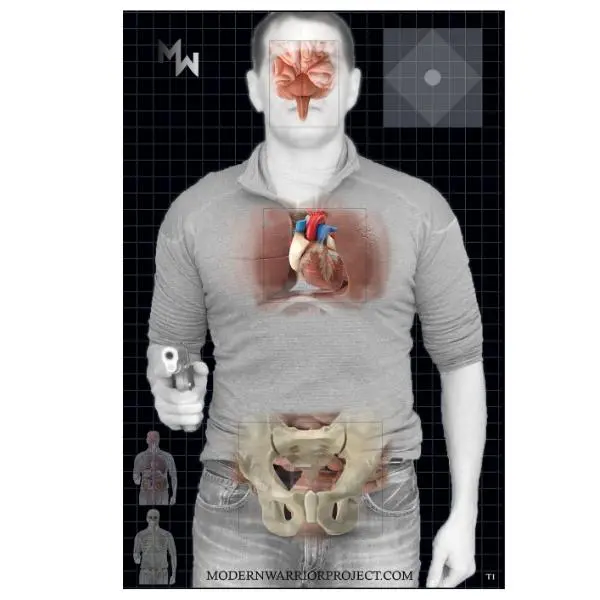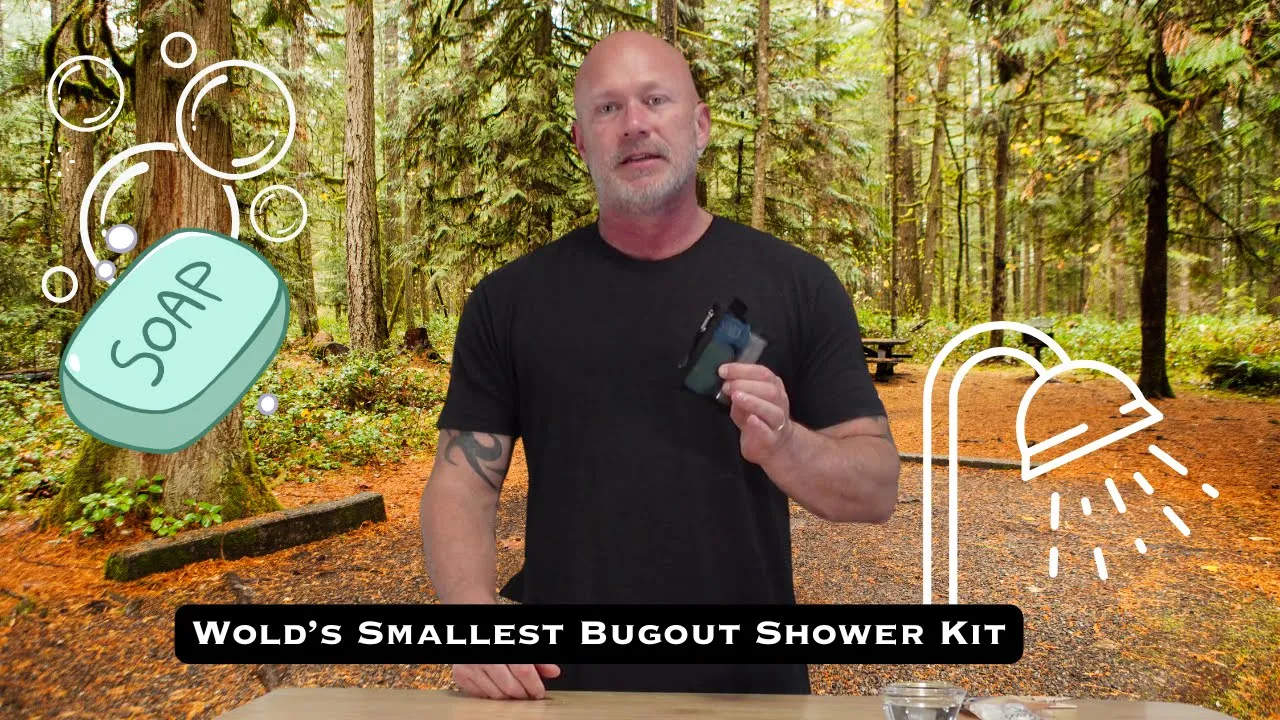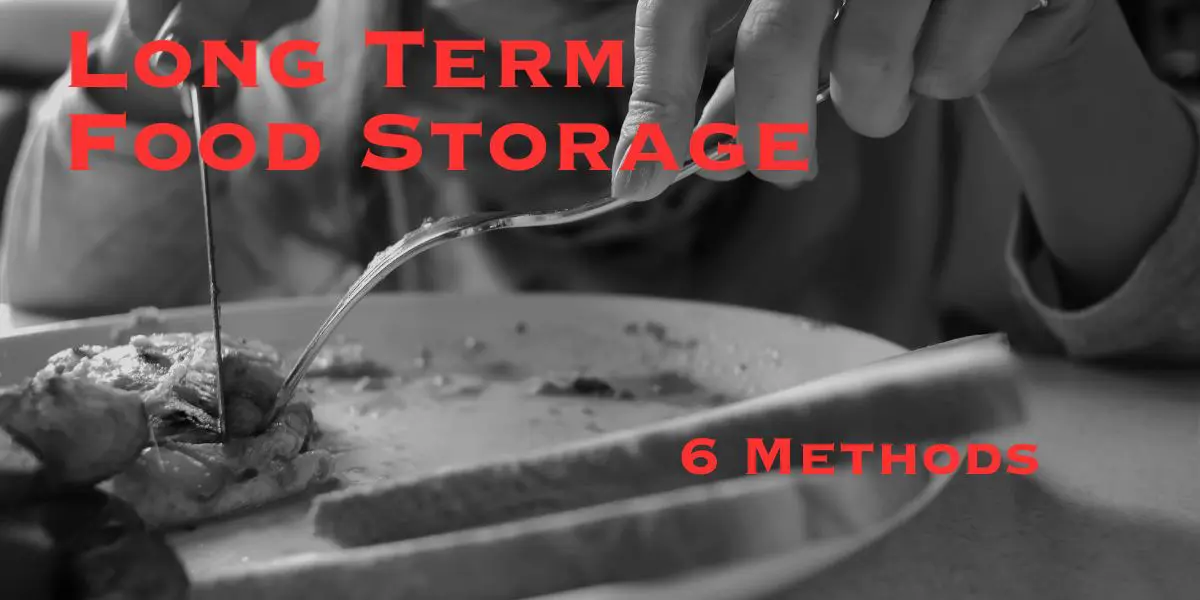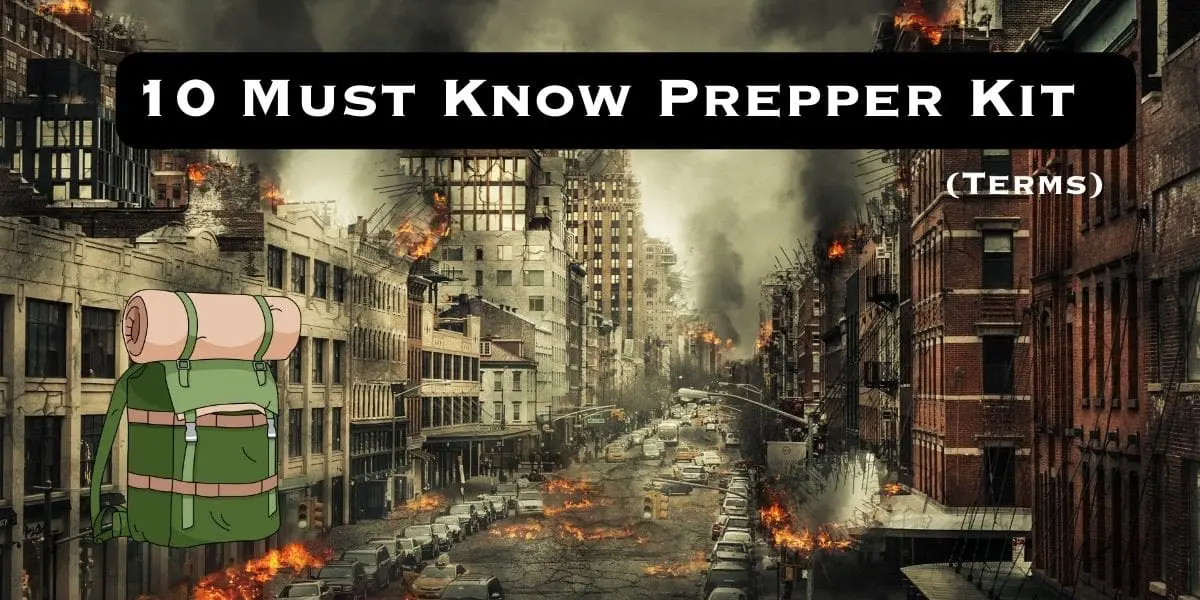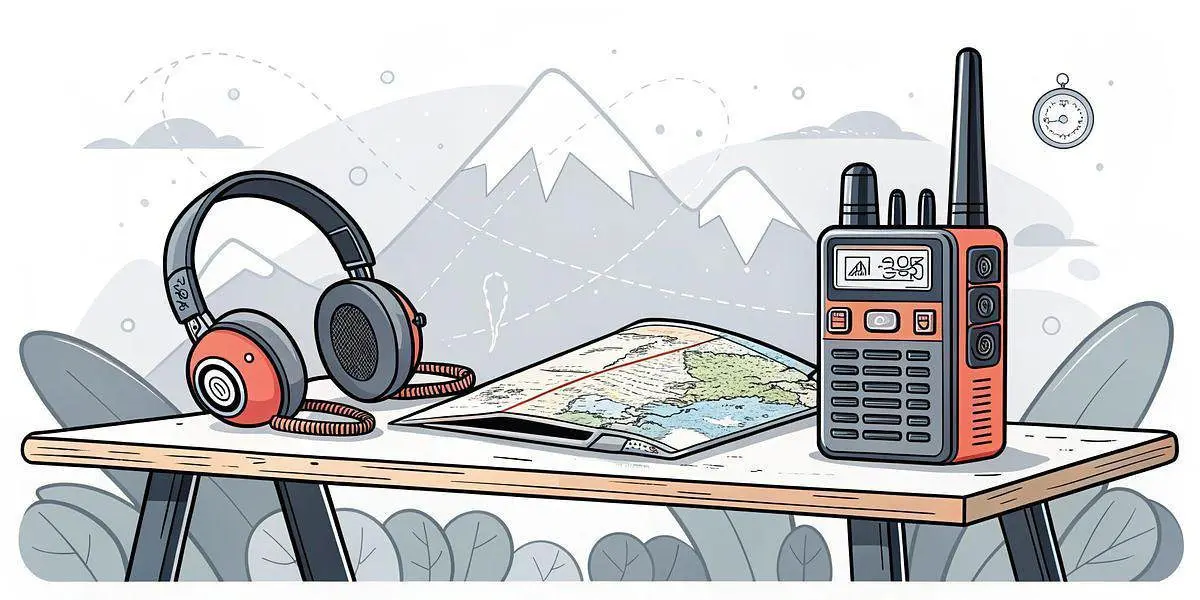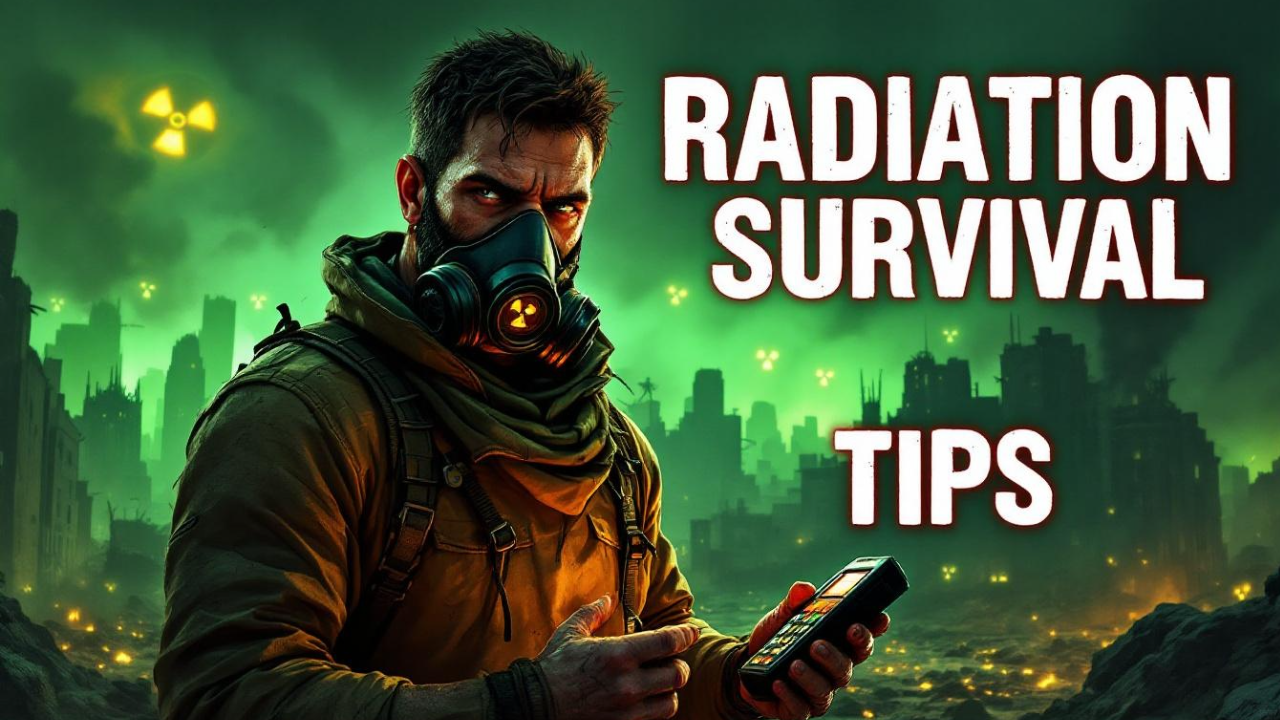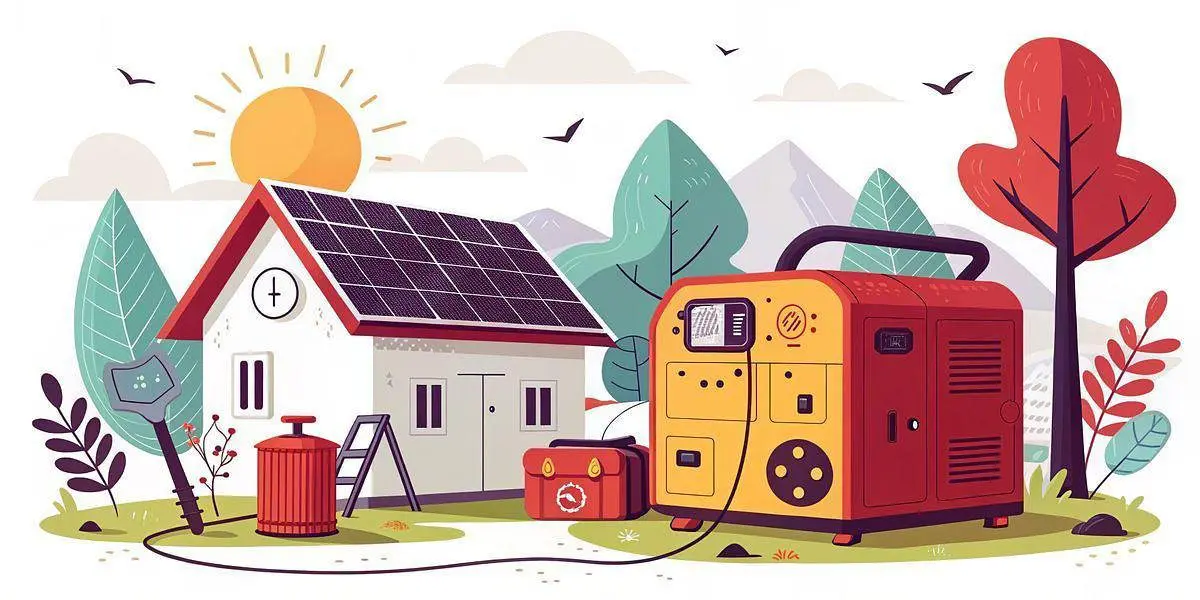Situational awareness is a topic that gets a considerable amount of attention in our Comprehensive Situational Control (CSC) course. Rightfully so, as good situational awareness literally can mean the difference between life or death in a number of critical situations. Even in a less drastic situation, good SA can help you in making a well-informed decision via the information you’ve mentally absorbed.
Amazon Disclaimer: We provide affiliate links to amazon products when appropriate to the content discussed. These links help to fund our effort to bring quality information to the Modern Warrior Project community.
Defining Situational Awareness
You’ve likely heard the term and many are probably already familiar with the general concept of situational awareness, but let’s spend a minute and quickly define it. Situational or Situation Awareness is an individual’s perception and processing of the available information surrounding them. This goes beyond simply that of people but also includes the entire environment as well. Furthermore, good situational awareness and processing of the information it affords you can contribute to calculating potential hazard development and identifying potential danger before it manifest.
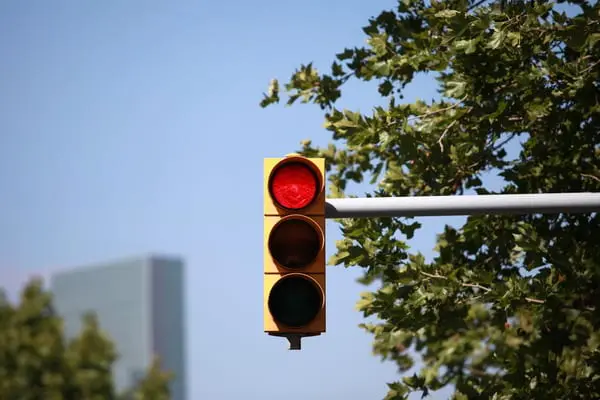
The Situational Awareness Level Spectrum
Throughout our lives and activities, we transition through various stages of task focus, alertness, and complacency. These stages of awareness are a normal and necessary part of life. However, it is easy to find yourself in an inappropriate mindset given your surroundings if you don’t consistently weigh your current situation risk against your level of awareness. This analysis is a familiar process for those who utilize the OODA Loop, likewise, it is integrated into the AIM (Assess, Inventory, Manage) approach to control as taught in our Comprehensive Situational Control course.
The CSC Situational Awareness Spectrum is a conceptual reference guide to help you identify your level of situational awareness at a given time. Recognizing your situational awareness level is an important task in personal risk mitigation and should be something you actively consider throughout the day we created this tool to assist with that specific need.
Our Situation Awareness Level Spectrum is based on a color code and associated with a device that virtually everyone is familiar with. The traffic light. Not surprisingly the colors represented in the code are Red, Yellow, and Green and serve to aid the user in their decision making process. Let’s take a look at them individually.

Awareness Level Red
Red is representative of a totally oblivious state of awareness. Obviously, it is the most vulnerable and dangerous stage and one you typically want to hop out of when you recognize you’re in. Red serves as a potential threat as it inviting to the criminal element as well as making us vulnerable to other dangers in our current environment. You’ll note I stated ‘typically’ want to hop out of above. That’s because there are times that red is necessary. The most obvious of which is while you sleep. During these anticipated times (and there shouldn’t be many) you can take various precautionary measures to help mitigate this vulnerability. In our sleep scenario, one could ensure their doors are locked, home alarm set, fire detectors working and functioning, etc… During operational activities, you can also utilize a partner or friend for assistance in this area.
For the most part, though we want to stay out of the red zone as much as reasonable. As easily distracted creatures it is inevitable that we find ourselves there at times, but if we are utilizing the AIM approach and consistently reflecting on our situational awareness level we can easily recover and refocus our attention appropriately for our environment.
Some Examples of Level Red Awareness
- Engrossed in PEDs (Personal Electronic Devices)
I’d venture to say this is one of the most common distractors present in our current day and age. A quick look around virtually any public place and you’ll notice that a fair portion of the population will have their attention focused on a smartphone, tablet, laptop, or some other form of PED. It easily happens before you know it. You’re walking along and your cell phone dings with a notification, you pull it out for a quick scan and see it’s something important you need to address. Before you know it you’re about to cause a traffic accident because you just walked into the road unaware.
- Stressful Personal Situation
This distractor could come in a number of shapes and sizes, from an argument with a loved one to being preoccupied thinking about the work deadline you’re about to miss. I often associate this one with a strong emotional response and personally try and use that as a flag for evaluating my level of awareness. What I mean by that is if I notice I’m deep in thought with strong emotional feelings, I have trained myself to startle out of that and check my surroundings. That’s getting a little ahead of ourselves as we’ll discuss moving between levels here in a bit, but keep that in mind for later. The point here is our emotions can easily serve as a distraction and put us in red before we know it.
- Reading Map/Directions or other task-focused activity
This one is pretty straight forward and self-explanatory. Activities that require a fair amount of concentration cause us to easily lose our situational awareness. The human mind likes to steer away and avoid cognitive overload and as a result, we will naturally key in and get tunnel vision on certain types of tasks. Recognizing and understanding this tendency can help in making a conscious effort to mitigate it and ensure we are properly dividing our attention.
- Tired or Intoxicated
In this case, rather than misplaced attention, the issue is a general lack of cognitive function. It’s rather straight forward and needs very little explaining. Operating at a decreased mental capacity is going to drastically affect our comprehension of the surrounding environment and circumstances. In the case of tired it’s best to recognize and address it in the early stages (ie. get some sleep if possible, or utilize another mitigating measure. In the case of intoxication it is important to recognize it as a potential condition well before and implement measures beforehand (ie. designated sober friends). Obviously, neither condition is ideal and from a risk mitigation standpoint and should be avoided. That said for most it’s not realistic to never find yourself in one of the above states, and like most things, it should be considered from a risk verse reward decision-making process. Doing so allows you to plan accordingly with the data and information at hand and ideally position yourself to avoid any dangerous situation.
- At home or at work
This isn’t so much a condition as it is a place. It is easy to grow complacent in a location we’re intimately familiar with and consider safe. Even so, we should exercise a level of caution and always strive to maintain a situationally aware mindset. With time, implementation, and diligence this is a skill you will develop and find it comes naturally rather than a thought-out process. This is not to say you shouldn’t be able to relax and decompress at your home, but rather to emphasize that even in such a place we don’t want to be oblivious to our surroundings or easily dismiss indicators that should otherwise draw our attention. Keeping everything in context and looking at it with an objective safety-oriented mindset can allow the best of both worlds.

Awareness Level Yellow
Situational Awareness at the yellow level is where we spend (or should) most of our time. It is your typical daily level, the area where we operate both in a task, but with an appropriate division of attention so as to not be oblivious to our surroundings. We all have to conduct normal life routines and give those routines our attention. We can do so and still remain somewhat aware of what’s going on around us. Simply fostering a mindset that prioritizes a situational awareness will make operating in the yellow second nature and less vulnerable to accidentally slip into red.
Some Examples of Yellow Level Awareness
- Exercising
- Shopping
- Walking the dog
- Restaurants
- Parking lots
- Theater
- Driving
- Talking with friends
The list could go on and on as it truly does encompass most of our life activities. The bottom line is that you simply make a habit of often checking your level of awareness and ensure you haven’t accidentally slipped into red by becoming to engrossed in the given activity.

Awareness Level Green
Level green is the ideal condition. In green, you are alert and highly aware of your surroundings constantly making a situation assessment. You’re considering all the available information to assist you in making well-informed decisions as you navigate your environment. Your actions are deliberate and you are proactively taking steps to avoid entering into a critical or emergency situation. Think law enforcement officers at a traffic stop. While this is an ideal level to be at, it is also not reasonable to believe we can maintain this level all the time, nor would it be appropriate. We want to strive to be situationally aware, not hyper-paranoid, and miserable in our everyday life. Green should be a level that we deliberately move into due to information we take in or have conditioned ourselves to enter under studied circumstances. Let’s look at some ideal conditions below.
Key Times to be Green
- When Red
If you find yourself in the red (whether necessary or by distraction) you should quickly move into the green to regain quick situation awareness.
- Unfamiliar Areas
- Meeting New People
- Entering and Exiting Buildings
- Entering and Exiting Vehicles
- Around escalating situations (heated people, etc..) even if not directly related to you
- When being engaged by an unknown individual
- Something just feels ‘off’
Most of these are all pretty straight forward, but let’s talk a little bit about the why and process. You have likely picked up the general context of the above list surround ‘new’ situations and potentially developing threats. Ultimately we want to utilize level green as an area that we transition into to gain a solid assessment of our circumstances and remain there if those circumstances seem to be developing toward a threat to our personal well-being. Once the data tells us it’s safe we can move back into yellow.
Wrapping up Situational Awareness
Ideally, this article has helped you to better understand the overall concept of situational awareness and has given you a new framework to consider working within your daily activities. Through mental conditioning and training you will quickly find that having a comprehensive understanding of your environment becomes second nature and doesn’t detract from your daily life. If you look like your doing it, then you probably need to keep practicing. It’s not so much that such a look draws attention (which it does), but also in that you want to strive for it to be a part of you. I compare it to a new concealed weapon carrier. When you first start carrying it takes a while to get used to the new habit. You’ll realize you forgot to put your weapon on or you’ll be heavily conscious of the extra item on your hip. Nonetheless, with time and consistency, you don’t forget it at home and you barely notice it’s there unless you need it. Fostering good situational awareness is very similar (as are other habit building processes).
Moving beyond creating this life pattern you should also consider situational awareness training as an option with a course such as our Comprehensive Situational Control. Training such as this helps to reinforce those habits as well as expose you to new tools and practices you can implement to further mitigate potential risks in your life.
One final note, Often times when situational awareness is considered it revolves around the thought of a human threat (ie. criminal, etc..), however, that is only one small area in which good SA can help you. Threats to your safety come in a myriad of ways; such as natural disaster, lost child, car accident, sensitive information leakage, and on and on.

